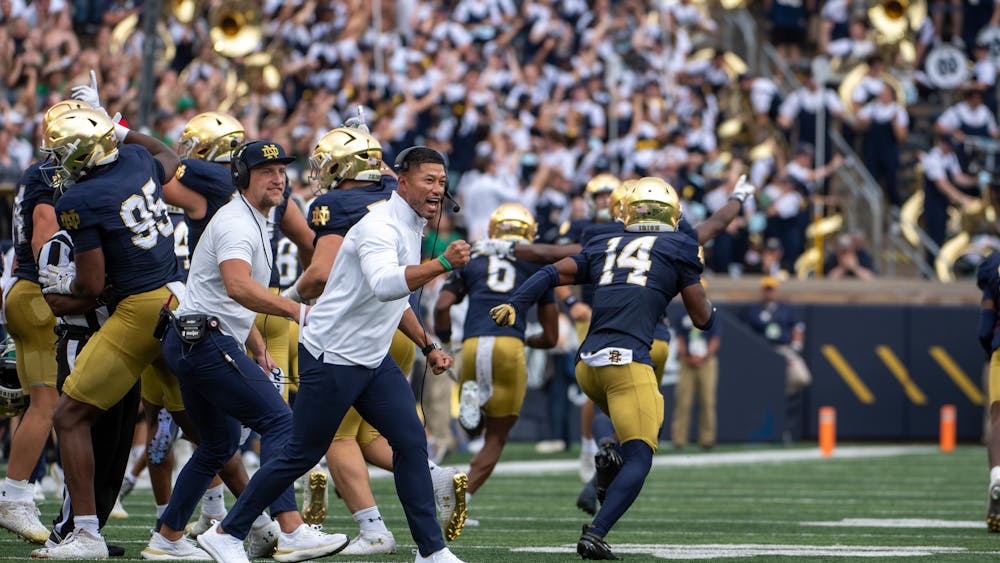Notre Dame professor of biological sciences Edwin Michael, an epidemiologist and member of the Eck Institute for Global Health, was recently invited to join a new consortium of select individuals who will create mathematical modeling techniques for factors affecting the spread of neglected tropical diseases (NTDs). The University of Warwick, U.K., has been awarded an $8 million grant from the Bill and Melinda Gates Foundation to establish and support the work of the consortium, which ultimately hopes to reduce the burden of infectious diseases amongst the poorest billion people in the world.
“We are one of the leading groups that are building mathematical models for vector-borne diseases, and I’ve worked on lymphatic filariasis since my postdoctoral research times,” Michael said.
Michael, who is well-known in the mathematical modeling field for his work with the lymphatic filariasis, a parasitic infection that results in the disease called elephantiasis, said his original modeling work focused on elimination of the disease through mass drug administration.
“[Modeling] showed that using mass drug administration would be a way forward to break transmission, so in short we were the first people to actually model lymphatic filariasis,” he said. “That is one of the reasons that we were chosen to be a member of this consortium.”
Although Michael has not directly worked with the Bill and Melinda Gates Foundation in the past, his prior work experience includes interactions with the National Institute of Health (NIH), the Wellcome Trust and Medical Research Council.
“This is a very complex, dynamical system,” he said. “The tools that you have are mathematical models, ultimately, because those thresholds for which the [disease] will be eliminated or transmission will be broken can only be derived using mathematics. You cannot do this using sensical methods.”
A few of the key questions Michael said members of the new consortium are asking are whether the World Health Organization's goals of eliminating lymphatic filariasis can be met by 2020, and if not, what remedial measures can be taken.
Michael said models may aid in determining when to combine programs such as mass drug administration with vector control, or they may inform global health workers to switch from annual to biannual treatments.
“I think in many ways it’s lymphatic filariasis that puts [the possibility of] elimination back on the map,” he said.
In creating these models, Michael said it is also important to take into account the benefits of economic development, including housing situations and nutritional factors, in helping combat the prevalence of NTDs.
“What we’re also trying to do is to pull all this data in and build this kind of socioeconomic model that allows us to also look at these other things that are going on in development and how does that impact the control of diseases,” he said.
The goal is to take a holistic approach to combatting NTDs, Michael said, including structural programs aimed at water provision and sanitation, microfinance and overall governance.
“At Notre Dame, what we’re trying to do is to push the modeling, aid the modeling into the next generation of models, which are actually not going to simply look at biology and biomedical interventions but also at how does this world [work] in the context of broad scale development,” he said.
The poor are the ones who face the burden of NTDs, Michael said, which means an innovative strategy is necessary to manage the various factors these affected populations face daily, to bring all of these perspectives together in order to find a solution.
“At heart, people at Notre Dame are interested in poverty at the core, and I’m hoping that we can put together a team as epidemiologists, as modelers, congregational people as well as economists and development people,” he said.
Read More
Trending









